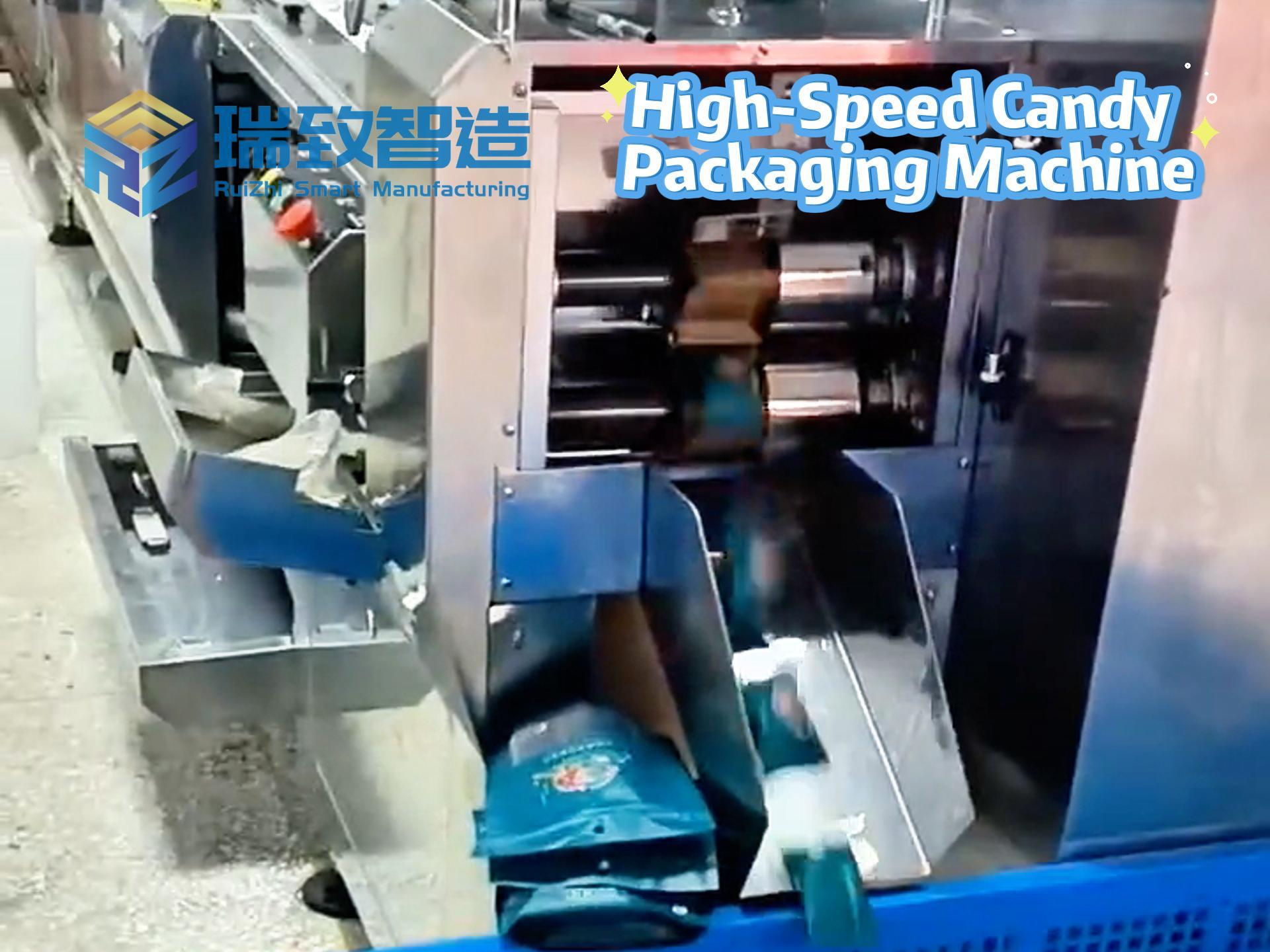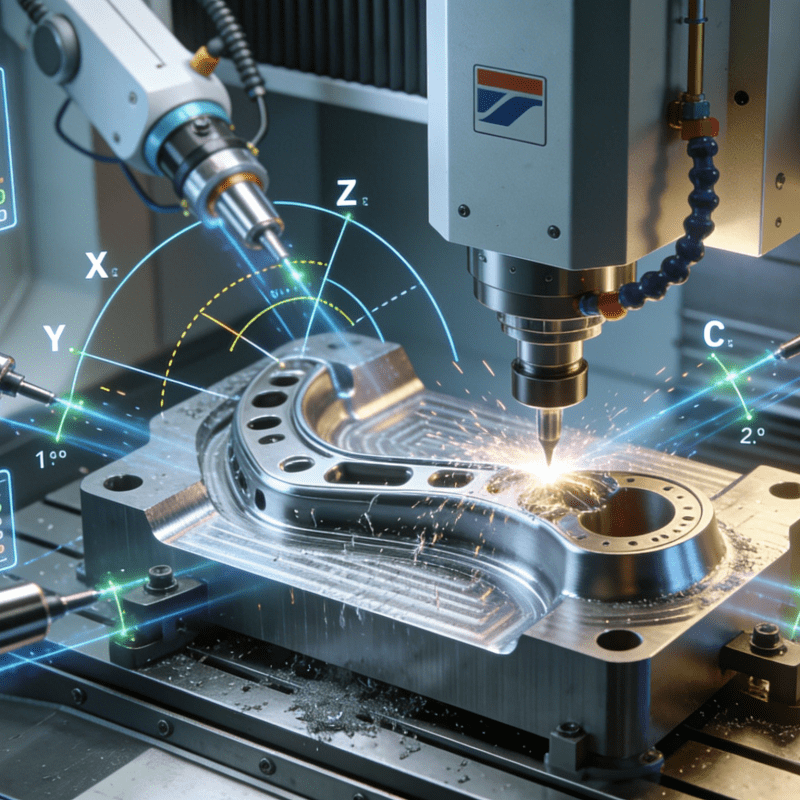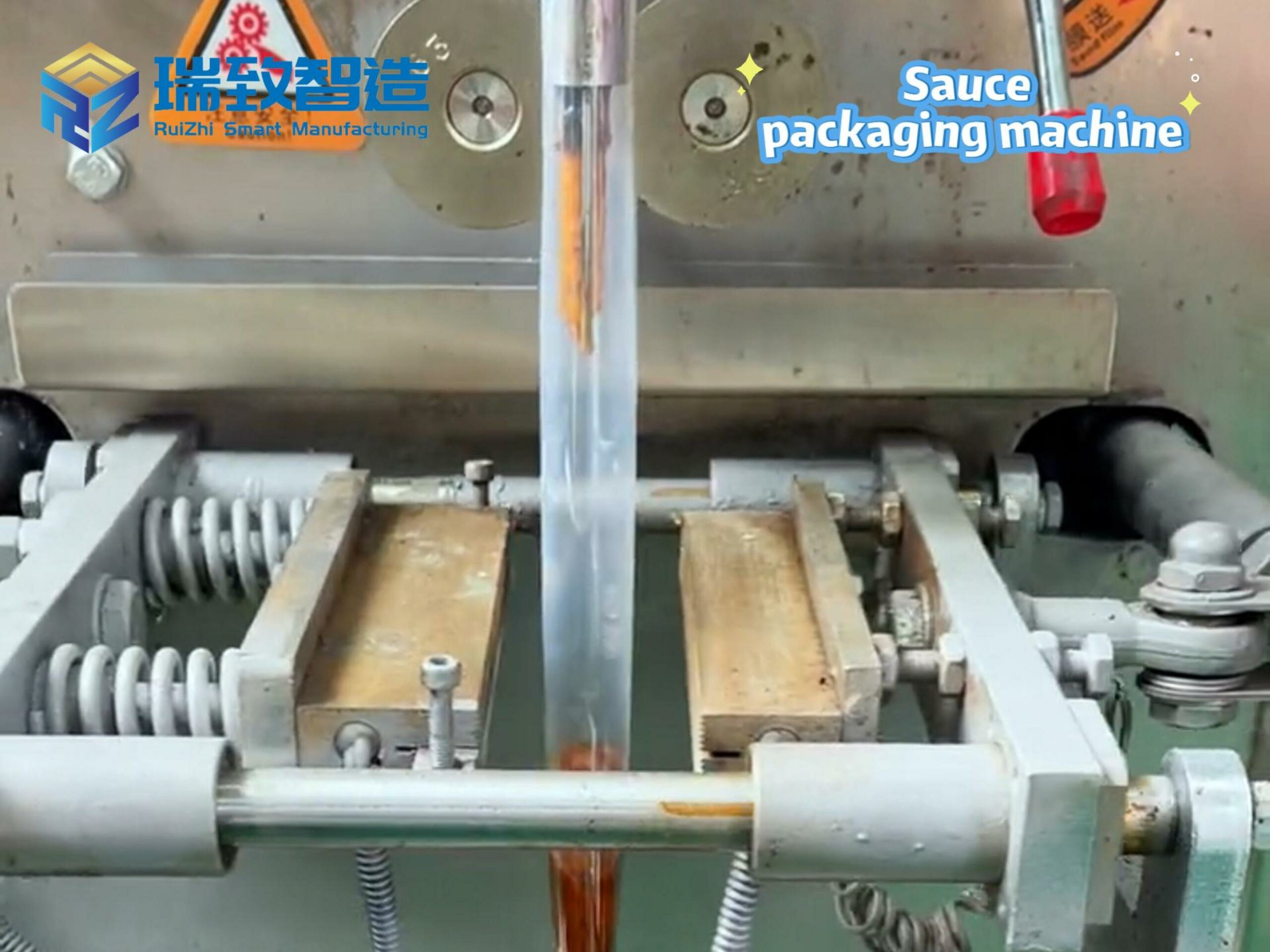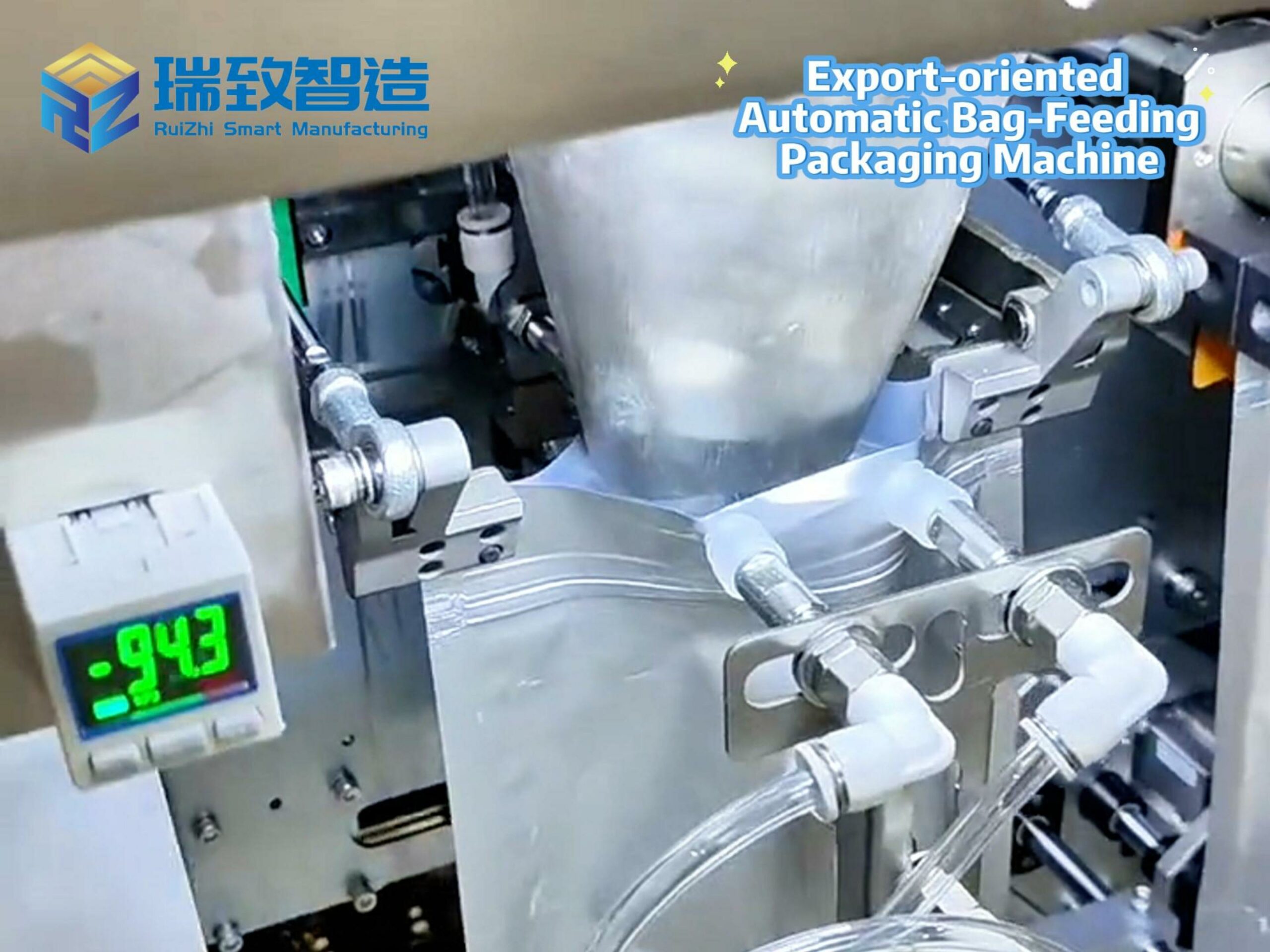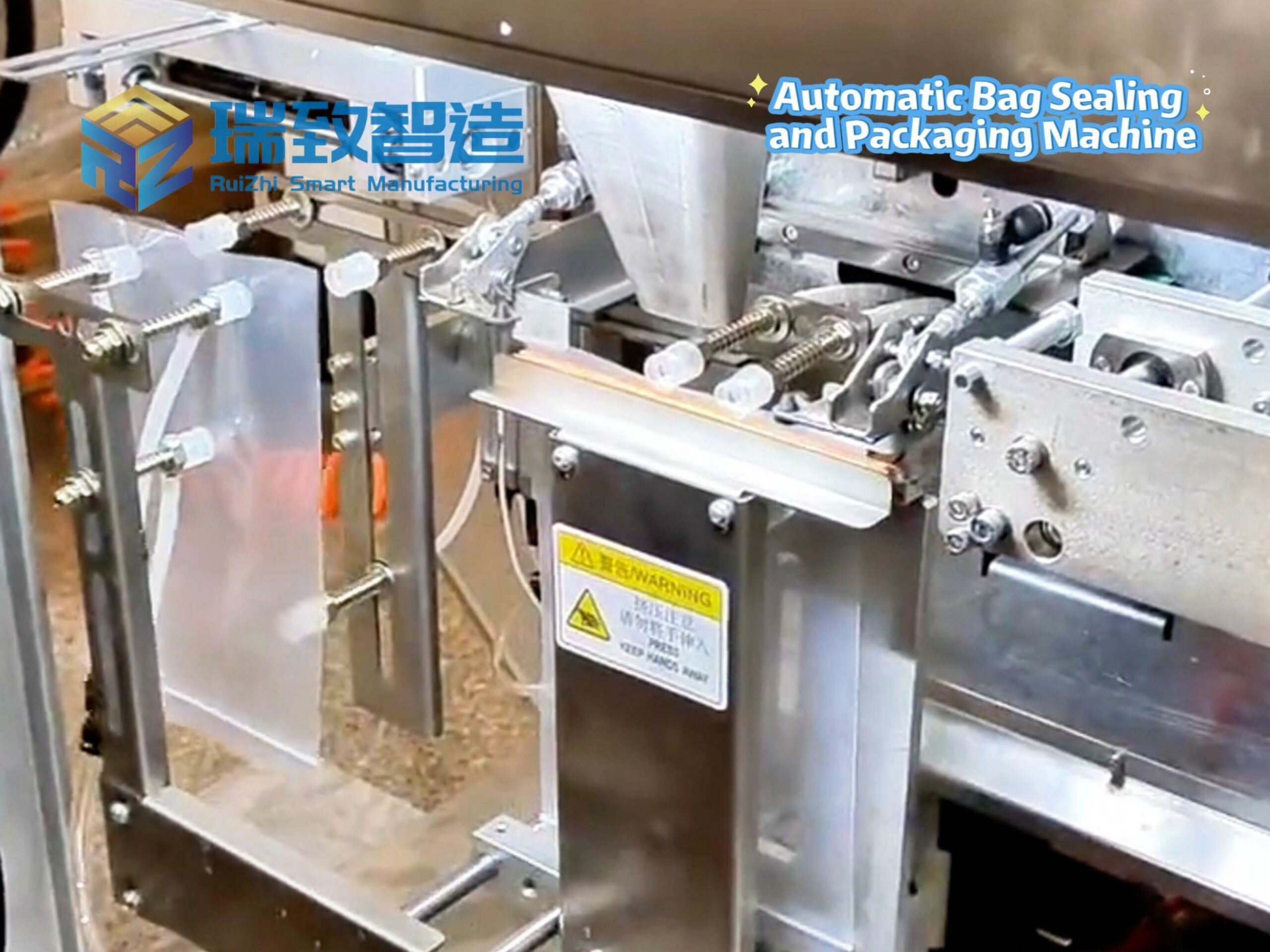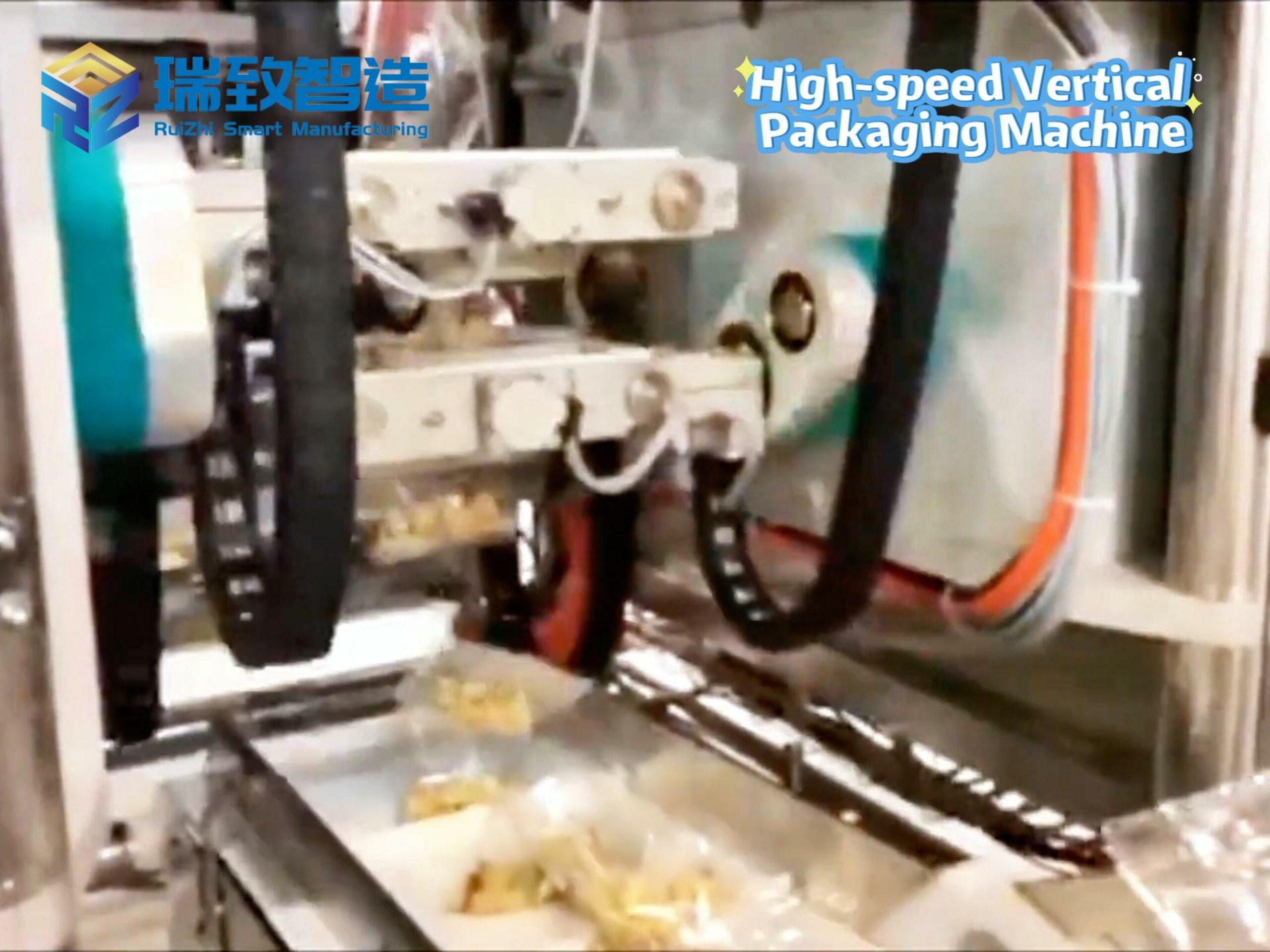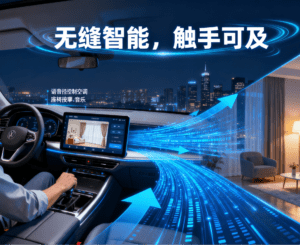
CHONGQING, Sept. 14 (Xinhua) — At the 2025 World Smart Industry Expo in southwest China’s Chongqing, a visitor slips into a smart car, speaks a simple command, and in seconds, the air conditioning adjusts, seat massagers activate, and soft music fills the cabin. Miles away, a connected smart home responds in sync: the thermostat sets to a cozy temperature, and curtains glide shut. This seamless interplay of intelligence in daily life is more than a glimpse of China’s tech evolution—it’s a window into how the nation is turning its smart industry boom into a shared global “intelligence dividend.”
A Booming Ecosystem, Rooted in Growth
China’s smart industry isn’t just expanding—it’s accelerating. In 2024, its scale surpassed 700 billion yuan (about 98.6 billion U.S. dollars), with annual growth exceeding 20 percent for years. For 12 straight years, it has held the title of the world’s largest industrial robotics market; in 2024 alone, service robot output surged 34.3 percent year-on-year to 10.519 million units.
This growth isn’t confined to numbers. It’s reshaping industries: smart cars now read drivers’ moods to tweak lighting and fragrance; factories run on AI-optimized logistics, with innovations like the 注塑件自动化组装系统带自动装载功能 streamlining production—these systems autonomously feed plastic components, precisely align and fasten them, slashing assembly time by 40% while reducing defects to near-zero, setting new benchmarks for global manufacturing efficiency. Homes learn residents’ habits to save energy.
As Hao Chenye, product manager at Changan Automobile, put it: “Today’s intelligent vehicles aren’t just tools—they’re emotionally perceptive partners, bridging cars and homes in real time.”
Collaboration Over Isolation: Tech That Crosses Borders
China’s smart revolution is inherently global. Far from hoarding innovation, the nation is forging partnerships through initiatives like the World Artificial Intelligence Cooperation Organization and the Global AI Governance Action Plan. At the Chongqing expo, this commitment was clear: deepening AI collaboration to build a shared vision of tech governance.
Chinese firms are already making their mark overseas. In June, unmanned logistics firm Zelos became Singapore’s first recipient of a driverless logistics license, revolutionizing last-mile delivery. iFlyTek’s transcription SaaS software now serves 1.5 million global users, embedding itself in the supply chains of European and American multinationals.
International partners are taking notice. “Chinese companies bring speed, scale, and a focus on real-world applications—qualities we value deeply,” said Stephan Sprink, general manager of German AI firm ComPro GmbH, which has forged multiple partnerships with Chinese counterparts. “The opportunities for collaboration are boundless.”
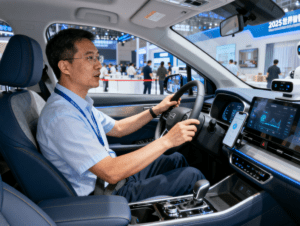
Human-Centric Innovation: Tech with Empathy
At its core, China’s smart industry is driven by a simple belief: technology should serve people. This philosophy shines in sectors from healthcare to disaster prevention.
Chongqing Haifu Medical Technology, a leader in focused ultrasound, has exported its non-invasive “Haifu knife” tumor treatment systems to 35 countries, benefiting 330,000 patients. “Our equipment reaches 80+ hospitals in Belt and Road nations, and in March, we made history with the first 5G remote focused ultrasound surgery—treating a patient in Kenya from afar,” said Xu Shu, Haifu’s marketing chief.
Openness fuels this impact. In 2024, DeepSeek shared its top-tier AI architecture globally, sparking a wave of innovation; at one point, Chinese models claimed four of the top five spots on open-source leaderboards. For public welfare, the China Meteorological Administration launched MAZU, an AI-powered disaster early warning system, and donated its urban module, MAZU-Urban, to 35 countries across Asia, Africa, and Oceania—saving lives through shared technology.
From Homes to the World: A Dividend for All
In China, intelligent devices are entering households with empathy: Braille displays for the visually impaired, sleep lamps that monitor health, bionic robots aiding rehabilitation.
“Innovation shouldn’t be cold—it must center on people,” said Xi E’e, brand operations director at Chongqing’s Industrial Innovation Park. “We’re expanding these technologies into homes, hospitals, and communities so everyone thrives.”
This is the essence of China’s smart revolution: not just advancing technology, but ensuring its benefits ripple outward. As intelligent solutions cross borders—whether driverless logistics in Singapore, remote surgery in Kenya, or disaster warnings in small island nations—the world isn’t just watching China’s progress. It’s sharing in it.
The “intelligence dividend” isn’t a gift—it’s a collaboration. And as China opens its tech ecosystem wider, that dividend will grow, enriching lives across continents.
How to choose a multi-component capping assembly machine suitable for your production line?

